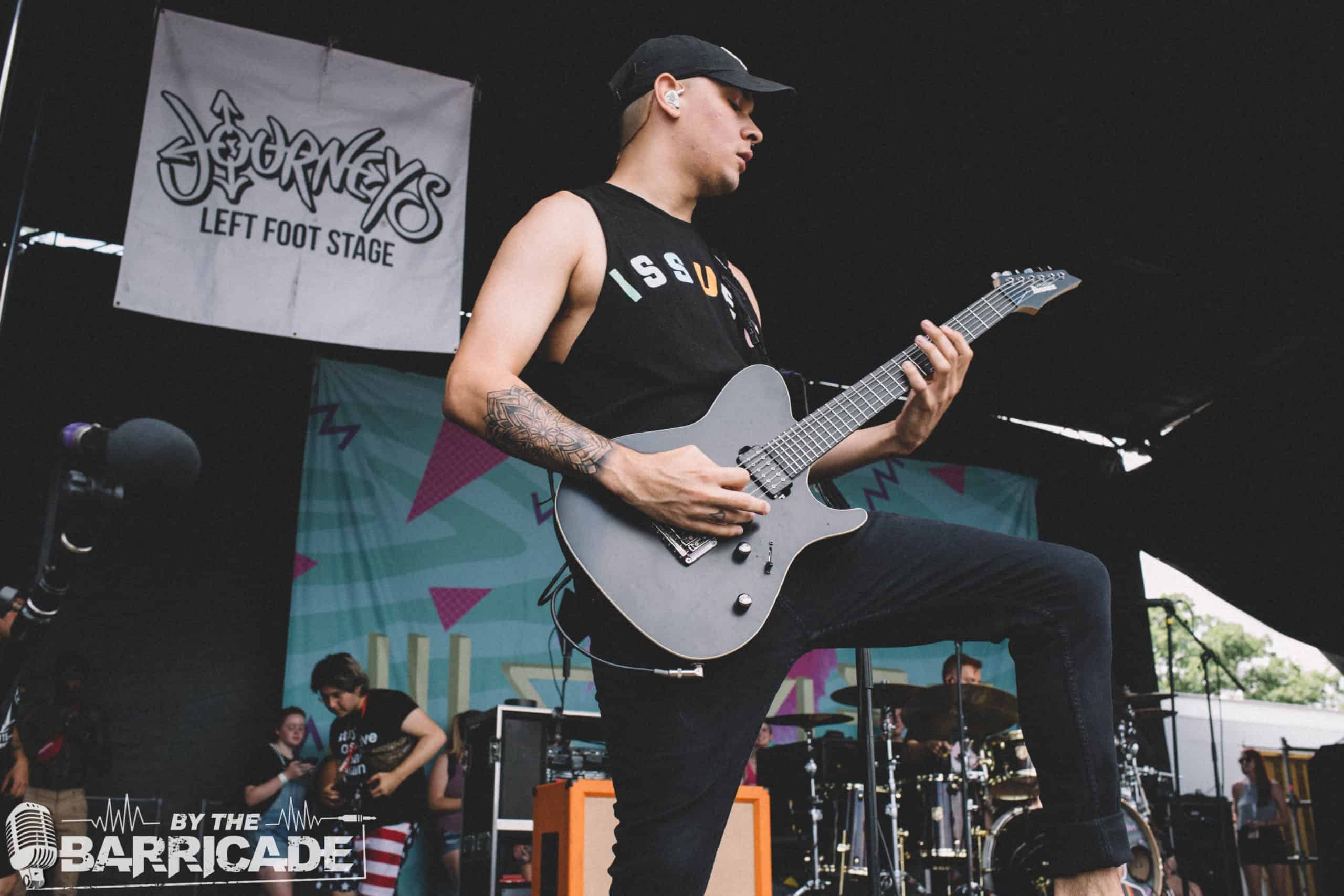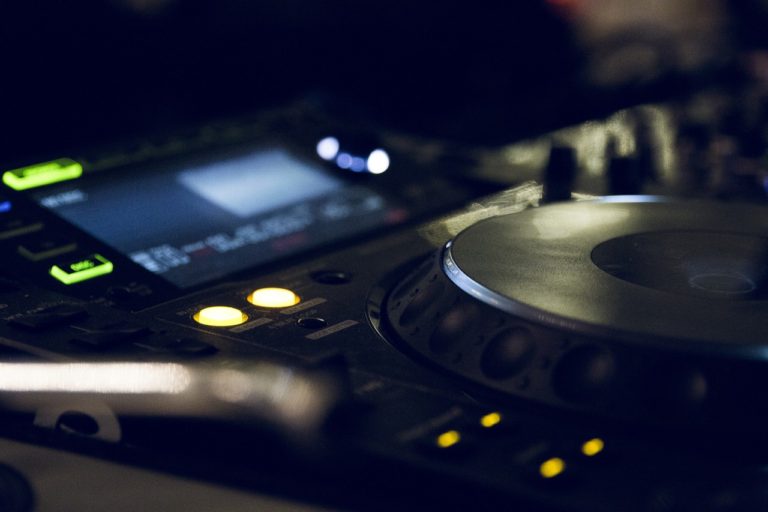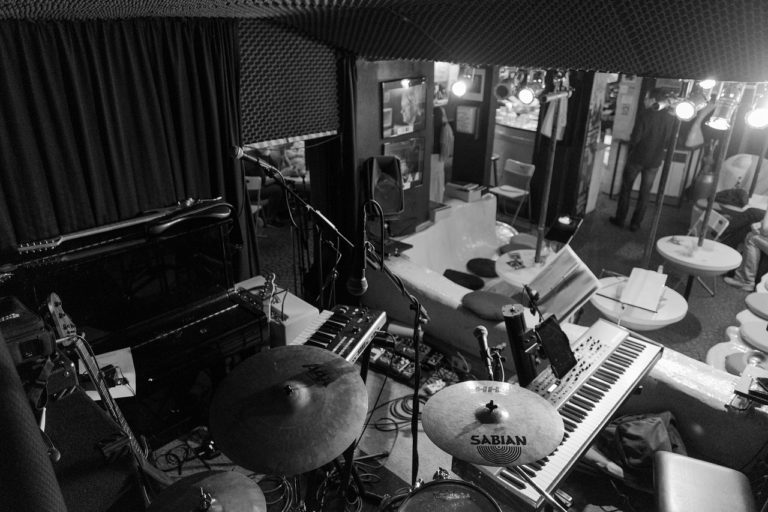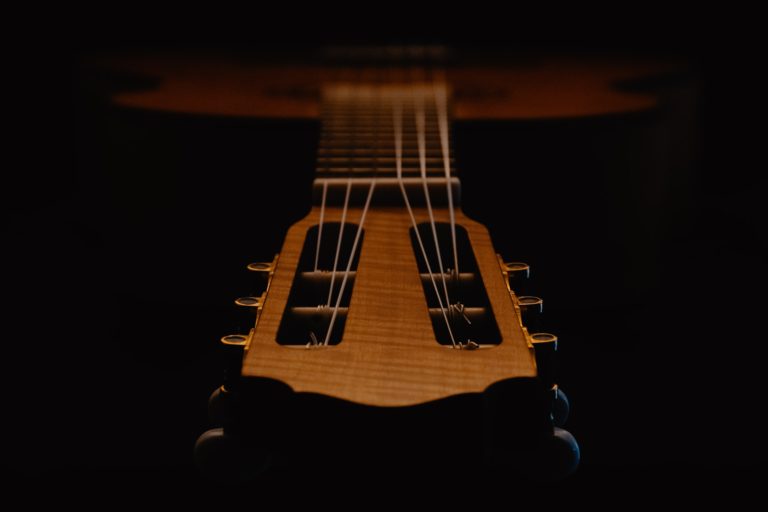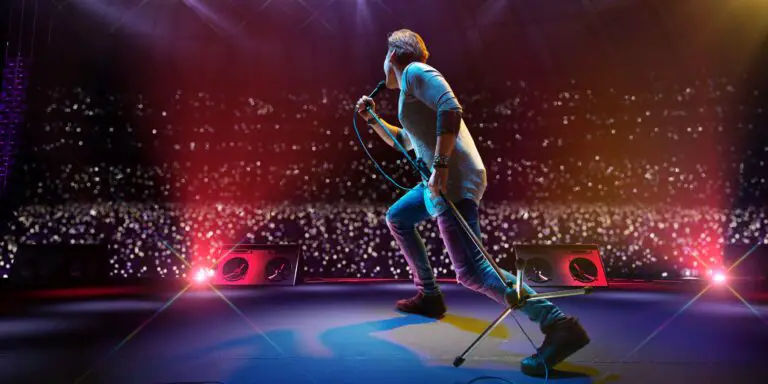Why Do Bands Play Faster Live?
Have you ever been singing along at a concert and thought “Why do bands play faster live?” There are multiple reasons, both intentional and unintentional, that a band may play their music faster when live.
So why do bands play at a faster tempo live? Band members use adrenaline to help create the best live music experience. Elevated hormone levels, set time constraints, and event atmosphere can all affect the band’s speed while playing songs live.
Below you will find a full explanation of the various reasons you might find yourself singing along faster at a show than your favorite CD.
The Band Learned The Song While Recording
Many bands (specifically full-time bands) are on tour for ten months out of the year. This schedule only leaves about a month or 90 days to write and record an album. The time crunch means that bands are often writing and recording simultaneously. The combination prevents them from having a ton of time to practice and become comfortable with the material.
When anyone, including band members, is first learning a song, they practically always play it slower. Because band members often record as they are learning a song, they may accidentally record it at a slower tempo than intended. As the band is touring, they will practice and get used to a new song and will become custom to a tempo that works best for live environments.
Adrenaline!
When someone is performing live and in front of an audience, they generally feel a combination of excitement and nervousness. this is related to higher levels of various hormones such as adrenaline, dopamine, and endorphins. The whirlwind of excitement can create a few unintentional tempo shifts due to a variety of reasons.
First, a person with high levels of those hormones may have a warped sense of time. That means, they may feel like they are playing to slow when at the normal tempo, and therefore speed up the song.
The band members may also simply overthink the tempo. Typically when a person overthinks tempo, they speed up rather than slow down, but they may also simply exaggerate the tempo all around.
Fast parts of the song might become really fast, while slow parts of the song are really slow. Sometimes this works out well, and the song actually is more engaging for the live audience, but other times it may leave the song sounding awkward and not planned out well.
Time Constraints On Stage
Concerts are almost always on a tight schedule. Often each artist slot has a very specific start and end time so every minute counts. A lot of thought goes into setlist curation for both big and small bands. It’s not easy deciding which songs make the cut, especially if the venue has a curfew preventing encores.
At festivals, time crunches are even more common since multiple bands playing back to back. One band going over their time can create a chain of scheduling problems.
A typical set-list for a festival headliner is around forty-five minutes. The band will have to be deliberate with what songs they play during that time. Often, a band will want to play more songs than what the normal tempo/times allow for, so they will speed up the songs or cut them short to fit a greater variety into their time.
This choice may also be made mid-way through the show. At a variety of different venues, including festivals, there is typically a countdown displayed where the band can see. The band may start out playing songs at a normal or laid back speed, but as the time starts to run out, they may speed up the songs to get through their whole set.
To Create a Better Live Experience
Often when people pay to see a live performance, they expect to see something more than an exact rendition of their recorded album or songs. Concert goers want a new and exciting experience. Most bands know that, so they look to find ways to make their songs more energetic sounding and exciting. The easiest way most bands can do so is by speeding up their songs a little bit.
Often the faster tempo is subtle enough that the audience won’t even process that it is faster. They may also play their instruments tuned a half step down to make it sound heavier and more energetic.
Here’s a video with some of the decisions bands face when it comes to setlist curation.
As if keeping the audience’s attention wasn’t hard enough bands also need to keep things like changes in key, instruments, tempo and transition in mind when switching between songs.
DIY Musician has a great article on the intricacies of life transition that you can check out HERE.
A Faster Song Translates Better When Live
Sometimes a song does not sound as good when played live as it did when recorded. Now that playing a classic album in its entirety has become common gimmick bands often find themselves in this trap. Different arrangements between songs make live renditions a whole new beast.
Often touring bands have duplicates of the same instrument that they can whip out a moments notice if a string breaks. This way guitarists can just switch guitars instead of tuning no stage leaving the vocalist to banter and keep the crowd entertained. Tuning instruments between songs cuts into valuable time.
Multiple instruments are great in an studio to diversify tracks on an album but you can’t bring your entire studio onstage with you at every show.
Sometimes bands need to make dew without using additional instruments or production effects added in the mixing stage that can’t be replicated live. A band may need to alter the song when playing it live, including speeding up the tempo. The song simply translates from the studio recording to live better when it is played at a faster speed to make up for missing elements.
They’ve Played That Song A Million Times
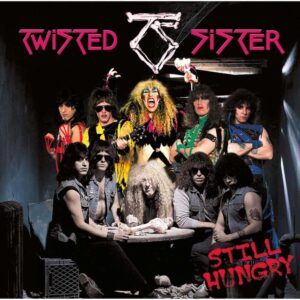 Rember when Twisted Sister released “We’re Not Gonna Take It” in 1984? That song was huge. It still comes on the radio from time to time. I’m sure that you’d be a bit angry if you paid to see the band live and they skipped that classic tune.
Rember when Twisted Sister released “We’re Not Gonna Take It” in 1984? That song was huge. It still comes on the radio from time to time. I’m sure that you’d be a bit angry if you paid to see the band live and they skipped that classic tune.
It may seem weird but remember the band has been playing that song at EVERY show since 1994. Talk about repetitive…
Playing the song faster (or even in a merely in quick succession) will get it over quick but still give fans that boost of nostalgia.
To Get Off Stage Sooner
Though most bands enjoy performing live, some of the most iconic acts like Nirvana‘s Kurt Cobain and Maralyn Manson are extreme introverts. Even socialites may have nights where they are having a bad show or simply want to get it over with.
A band might speed up the tempo of their songs, cut out parts of songs, or simply play a shorter set. Speeding up the song seems to be the most common method as it is least likely to be noticed by audience members.
There are three typical reasons a band may want to get a show over with faster.
- Uninterested Crowd: This could be due to the fact that there was a smaller turnout than expected, or the crowd may simply seem unenthusiastic. The later may be more likely to happen if the band is a support slot or a part of a larger set of musicians. The crowd may not know or like the bands set and simply be there to see another performer.
- Bad Mood: If the band has to deal with difficult sound engineers, security staff, promoters, etc., they may end up in a bad mood and want to leave as soon as possible. There are tons of horror stories from the Blink 182/Lil Wayne tour showing even icons don’t mix with every crowd.
- Exhaustion: If a band performs several shows in a row, is dealing with jetlag, is hungover, or even dealing with a lack of quality sleep or food, they may naturally be exhausted and looking to get through the show as fast as possible, so they can rest
Drawbacks of Playing Faster
Whether upping the tempo accidentally, in hopes of creating a better show, or to get the show over with faster, there can be some negative side-effects to speeding up the songs. I’m a huge fan of NOFX and their unapologetically unpolished stage shows. In fact, playing songs as fast as possible and throwing accuracy to the wayside has become part of their gimmick.
Bands have to way these potential problems against the potential benefits to decide if speeding up the songs is a worth-while endeavor.
Slopiness
You might be surprised how much studio magic was required to create your favorite hit. With session musicians, countless redos, and expert producer songs sometimes take on a life of their own. Unfortunately these minuscule perfections don’t always translate on stage.
When a song does not translate well live, speeding it up can make it sound better. A live version without studio additions may make the song sound ‘wrong’ if played at the normal speed.
However, that is only the case with some songs. If the band cranks it into overdrive and speeds up any song, including those that need to be sped up slightly, too much, they may find themselves making careless mistakes. Bands both big and small sometimes suffer from missing notes or stumbling over lyrics. This can make the band sound amateurish and lead to an upset crowd.
Adding speed to a track is always a balancing act. if the band speeds up one song noticeably and instnatly transitions into the next at normal speed, the rest of the set-list may sound strange or incorrect to the audience. If the set does not appear uniform or is noticeably rushed, the audience may grow agitated, unenthused, and even demand refunds.
To combat tempo shifts bands sometimes switch the mood entirely grabbing an acoustic guitar or taking a short break to banter during the set.
Slower Songs Do Not Sound Right
In order to avoid a set sounding strange, a band will often choose to speed up an entire set-list slightly. This will often make the set sound more coherent, and the audience may not even notice the change. However, speeding up the entire set can lead to a problem when it comes to slower songs.
Most slow songs written by bands are designed to be more thought and emotion-provoking. This is done by a combination of lyrics, instruments, and a slow tempo. Even a slight increase to the tempo can lead to the entire mood of the song changing and no longer fitting the lyrics or tone anymore. Often a slight increase in tempo is much more noticeable in a slow song than a song that is already rather fast-paced.
Can’t Use Backing Tracks
Often when a song is being recorded, a band will add to the arrangement of the song with extra instruments or a recording of the song in several different keys. Often the effects created due to a carefully crafted arrangement or those that are added later in production cannot be replicated by live performers.
These additions are sometimes added to live shows through the use of pre-recorded backing tracks. These tracks will have instruments, sounds, effects, etc. Backing tracks are often used to make the song sound more complete to the audience.
If the band decides to speed up a song’s tempo during the show and use a backing track (still be recorded at the original tempo) the band and the track will end up playing out of time of each other. This audio clash can sound odd to the audience.
Live shows have come a long way since the Milli Vanilli got caught lip-syncing and lost their Grammy. Nowadays backing tracks are used all across the industry for good reason. Haven’t you ever wonder how metal bands can scream every night on tour and not lose their voice? Spoiler: practice and occasionally backing tracks.
Here’s a video with some great examples of the industry’s biggest bands using backing tracks in creative ways for a better live show experience.
While audience members may not mind the knowledge that the band could be using backing tracks it’s noticeable if the songs are sped up. If they actively notice that the sound is not lining up due to the band playing at a different tempo, fans are more likely to feel like the show is inauthentic and leave displeased with the performance.
Sleeping With Sirens got a ton of flack when their backup track started before they hit the stage. You can check out the infamous viral moment in this video.
Set Ends Up Too Short
Just like it is important that a band does not go over the time they are allotted to play, getting through their set too early can create a problem. The audience may feel as if they did not get the show they paid for. Additionally, the band that is supposed to come on after may not be ready to get on stage and start yet. Audiences, especially at festivals, will often leave a venue or stage if the show starts to lull.
This problem is most likely to happen if a band speeds up unintentionally because then they will not have planned for the occasion. For this reason, it is a common practice for a band to prepare a few extra songs that they can play if their set-list does not last as long as they previously expected it to. If they finish early, they can simply move into their next song (or two) and play until their time is actually completed, and the next band is ready to perform.
Tricks to Avoid Playing Too Fast
A metronome main tool that bands use to avoid playing too fast when they do not want to. This tool may also be referred to as a click track. It was originally a standalone device that produces an audible click at a certain rate to make the expected tempo clear to the musician. Nowadays, the metronome can be played directly into a musician’s earpiece so that they can hear it, but their audience cannot.
For many bands, a metronome or click track is optional. However, if the band uses backing tracks that are pre-recorded at a certain tempo, a click track is essential to make the music sound coherent and accurate to the audience. This is why it can be such a big problem if a performer’s in-ear-monitor stops working or fall out. The band may practice with and without the click track in case there is an issue during the show, but they should almost always use it live.
Conclusion
So now you know the various reasons that your favorite band may be playing their set a little bit faster than you are used to it being when you are jamming out in your car.
It could be an accident from nervousness or adrenaline. The speed-up may also be an intentional decision that is making the concert experience even more magical. Have fun rocking out to whatever tempo is chosen at the next concert you go to.
—
Keep it on Bythebarricade.com for tons of punk rock interviews, reviews, articles, and photos! Also, “Like” By the Barricade on Facebook to never miss a post.

